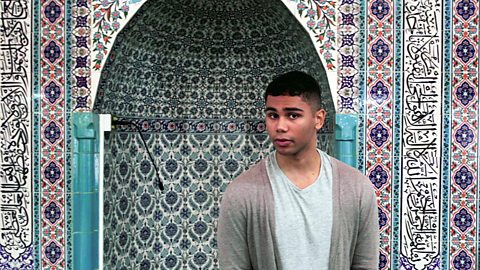Have you ever found out that the film you just watched had a little extra you completely missed?
It could be a plot point, an in-joke, or even an appearance by the person who made the actual film.
Cameo performances by the films' directors, or the creative souls which inspired them, have become something we love to spot - a little like Benny and Bjorn of ABBA's fleeting appearances in the two Mamma Mia! films.
These cheeky little turns didn't begin with cinema (although Alfred Hitchcock was renowned for his), they have a history that goes back through many art forms. 91Čȱ¬ Bitesize is about to take you on a trip through centuries of culture. Perhaps the audiences of the day had a knowing grin on their faces when they looked at these pieces, too.
Michelangelo on the wall
The ceiling of the Sistine Chapel in the Vatican City is painstakingly illustrated by the hand of Michelangelo. In the early 16th Century, he painted depictions of biblical scenes and figures which can still be seen today.
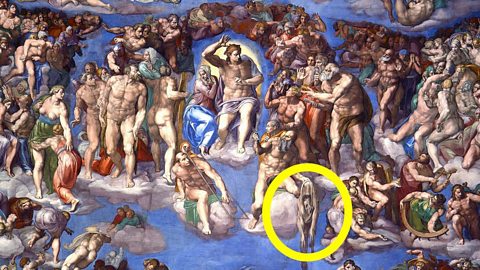
It was not a job the artist appeared to enjoy. Painting the ceiling involved long hours reaching up with his brushes, with his face capturing any drops of colour as they fell. In 1512, as he neared the end of his work on the ceiling, he wrote to his father: “I live with the greatest toil and a thousand worries. It is now about 15 years since I had a happy hour.”
Around 20 years later, the artist was asked to add another work to the Chapel. The Last Judgement can be seen on its altar wall and its theme is the judgement on Saint Bartholomew, who had to undertake a test of his faith to determine if he be sent to Heaven or Hell. Hanging from St Bartholomew’s hand is a curious sack-like object, with human features. This is strongly believed to be Michelangelo himself. Why he painted himself in this way is open to debate.
Spike Lee and Malcolm X
Director Spike Lee has made cameo appearances in many of his own movies, such as Do the Right Thing and She’s Gotta Have It.

In 1992, his biopic of the American human rights activist Malcolm X saw him take on the significant role of Shorty, Malcolm X’s closest friend while he was living in Boston. Lee said in an interview at the time of the film’s release that he hoped it would go on to form part of children’s education and be played in schools for years to come.
In Malcolm X’s autobiography, Shorty is described as a loyal friend who always wanted to become a musician. Denzel Washington played Malcolm X in the film and his portrayal earned him a nomination for Best Actor at the 1993 Academy Awards. Although the film made an impact, Lee was not nominated for Best Director.
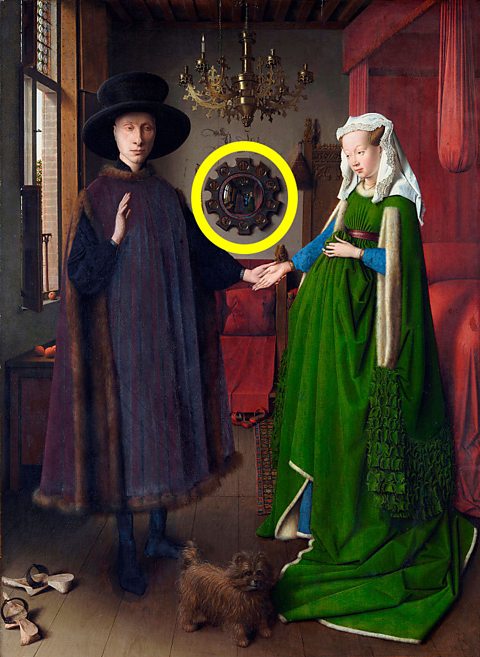
Did Jan van Eyck visit this couple in their painting?
This example is perhaps more of a mystery. There’s a strong chance the Dutch artist Jan van Eyck may have painted himself into this particular artwork, but it’s never been proven.
His painting known as the Arnolfini Portrait shows what some experts believe to be a merchant and his wife, possibly on their wedding day. Painted in 1434, the relative opulence the couple enjoy is apparent in flowing fabrics, both on themselves and around the room. Even though the woman in the picture appears to be expecting a baby, other images from the era suggest that gathering fabric up in front of the body in this way was fashionable. Although this could make someone look pregnant, it was not necessarily the case.
Neither of the people at the forefront of the image are thought to be van Eyck however. Take a closer look at the back wall where a mirror hangs. The view in that mirror shows two other people entering the room to greet the couple.
It has long been speculated that the pair in the mirror are van Eyck and his assistant, saying hello to the subjects of the painting on arrival at their home. It’s difficult to determine any distinguishing features on the arrivals in the mirror, so nobody can say for sure if it is the artist or not.
There’s a further clue in that van Eyck’s signature (written as 'Jan van Eyck has been here' in Latin) is directly above the mirror. And if the people in the mirror are not van Eyck and his assistant, it raises further questions; who are they and why did he go to so much effort to place them in his picture?

The carrot-loving Peter Jackson
This director has adapted JRR Tolkien’s Lord of the Rings series and The Hobbit novel over six films in total. He makes a cameo appearance in each of them.
There are two that enjoy their very own vegetable-based connection. In the first of the Lord of the Rings trilogy, 2001’s The Fellowship of the Ring, Jackson appears in a scene set in the village of Bree, where his character is seen eating a carrot.
Fast-forward 12 years and in the second instalment of The Hobbit trilogy, The Desolation of Smaug, Jackson again appears as a character in Bree and again, eating a carrot.
If you’re keen to spot a more subtle appearance by Jackson, look out for this. In the last of The Hobbit series, The Battle of the Five Armies - he features, beardless, in a painting as the father of our hero (and title character) Bilbo Baggins. In a neat twist, the painting of Bilbo’s mother is based on Fran Walsh, Jackson’s real-life partner, who was involved in the scriptwriting and production of the Tolkien films, and other movies in his career.
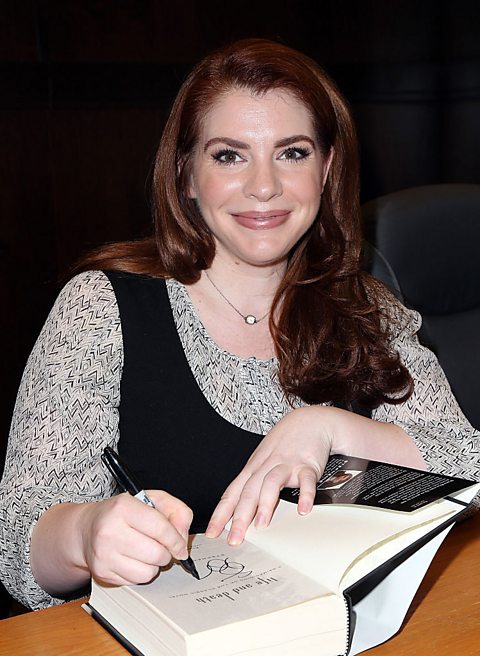
Look for me in the twilight
This is a curious example. The author of the book who inspired the film, going on to make a cameo in the film.
Stephenie Meyer kept millions of readers enthralled with her Twilight series of romance novels with a vampire theme.
When it came to the adaptation of her novels for a cinema audience, Meyer’s fans had the chance to see the author crop up in a couple of scenes.
In the 2008 film Twilight, she appears as a customer in a diner frequented by the character Charlie Swan. If you want to spot her, Meyer can be seen working on her laptop while tucking into a plate of food next to her. Three years later, Meyer appeared again. In the first part of the adaptation of her Breaking Dawn novel, she is one of the people who watches the wedding of two of the characters (we won’t say who, to avoid spoilers).

When film and TV got the future spot-on
The storytellers who predicted President Trump and the technology we have today.
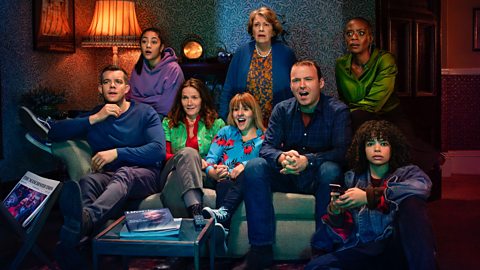
Seven books that made history
If you've ever wanted to read a book as tall as a bus, you've come to the right place.

How can people express the spiritual through art?
KS3 Religious Studies
